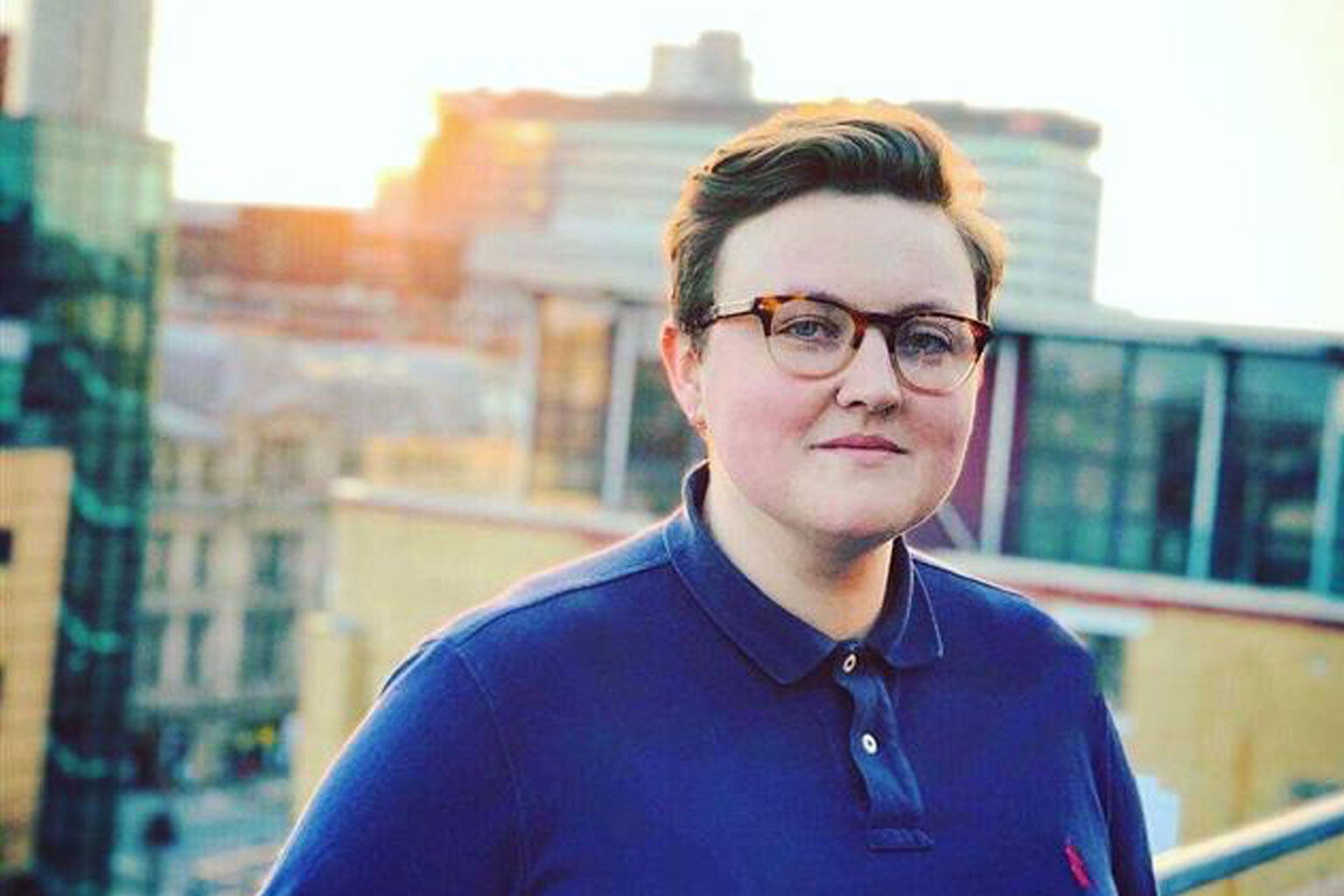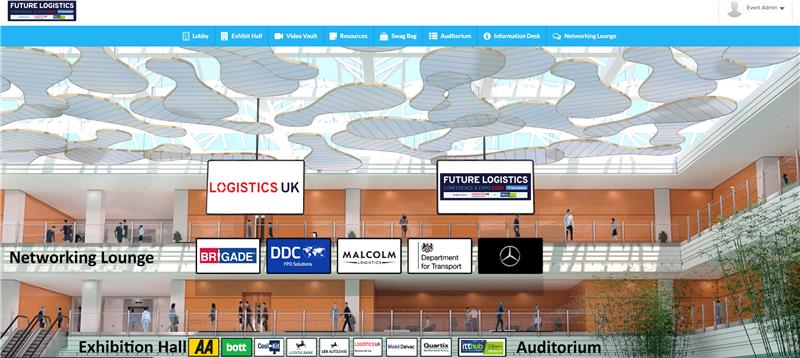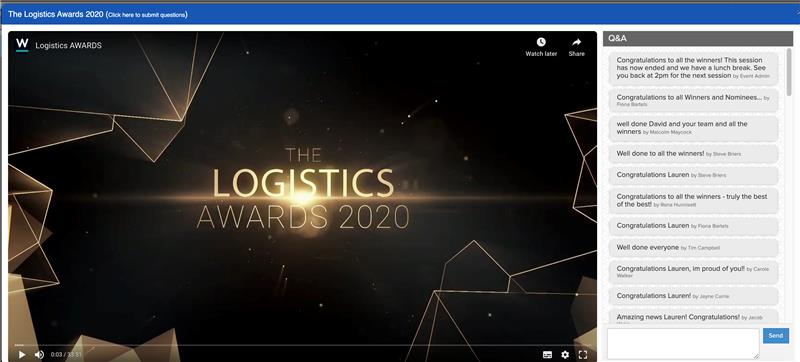Behind the scenes - the story of one leading trade association's switch from live to virtual

We took time out to chat to Mel Underwood, Technical Production Manager at Worldspan, about all things virtual and why meetings and events will never be quite the same again.
Audiences at virtual events are not kind. They are keyboard warriors. The minute they can’t see or hear they are on the keyboard. Problems are instant on virtual events. They don’t trickle down!


How long have you worked on the Logistics UK account?
It’s only been a year. We won the account last year and we were lined up to support them on their physical, that is, live events. And of course, COVID arrived and we didn’t have that chance.
Had they done any online – or virtual – delivery before?
Well yes, to a degree. They had used GoTo Meetings to run some training online. But no, nothing on this scale.
So, how did you kick of the process of re-designing their events and getting them online?
Well, lots of that was new to us too. We still needed to understand. We still needed to learn. What were they trying to achieve? So, we sat down with them and said, online or offline, tell us about your events, your audience, your ambition for these events.
So, how far did you have to deviate from the live event format?
These events were briefing events. Training events if you like. Intended to bring members up to date with new policy, new practice, new legislation. So, each event was a briefing but, importantly, with an opportunity for partners to showcase products and services alongside. The exhibition element was important from a content point of view but a commercial one too. For live, the events were a series of roadshows across UK and Ireland, mostly in hotel venues, with plenary, breakouts and exhibition. So, we had to think about how to we take that virtual. We were in the very early days of the pandemic. Virtual events were brand new. We had to think imaginatively.
So, for you professionally, the shift from technical production to digital production, was that difficult?
Of course, working principles are similar but we did a lot of research into the streaming side of things. The very new discipline for me was taking the exhibition online and supporting the client with that. And not just delivering the content. Delivering the experience. How could we make it interesting for the attendees? So, we had to decide what platform to use, in that context.
But you were in the eye of the storm so to speak. Virtual was brand new. New platforms were appearing almost every day and claiming to be bigger, brighter, better. How did you choose?
Well, yes, there were lots of options. Sometimes a platform does one thing exceptionally well, but you have to make a compromise on something else. We knew what we wanted to prioritise and, ultimately, we matched price and functionality. But, you know, it was a long process.
You say that but how long was it, from commissioning the platform to delivering the first event?
In July, we shortlisted three platform providers. In August, we contracted vFairs, our first choice. In October, we held our first event. So, yes, it was quick.
So, how did that first event go?
It was 21st October for fleet engineers. We did a total of 6 events. From 150 attendees up to as many as 800 joining the last event in the series.
What were the highs and lows, the lows first?
Look, we had those low points. First event on a new platform. And there were some teething problems. When it is your own platform, for us that is Virt-US Live, everything is within your control. Using other proprietary platforms, you can’t be as quick to act and you rely on others.
We did have a morning of some people, a few, saying “I can’t see” or “I can’t hear” but that happens with virtual events and is largely due to problems at home, on the user end, but you try to help with those issues too.
So, this triangle of decision makers – client, agency and platform – were people supportive?
Yes, 100%. We were on e-mail and on WhatsApp as well as on the platform. The communication between all three of us worked really well. We kept communicating. But audiences at virtual events are not kind. They are keyboard warriors. The minute they can’t see or hear they are on the keyboard. Problems are instant on virtual events. They don’t trickle down. You have to take that on the chin!
And your high point?
The Future Logistics Awards on 13th November. Ordinarily a standalone event but we tagged it onto one of the last in the series. We’d been working with the client to create an hour-long VT to celebrate their members, their community. It was lovely in the midst of everything else. A great atmosphere. With the right team around you, you can still deliver a great experience.
So, what happens next; do we pivot back to live?
A reverse pivot? No. Everyone has come to recognise the value of online engagement. Not to say the added benefit of lowering our collective carbon footprint. We will half pivot back but will always want to capture the potential of our online audiences. That is exciting for next year. To look forward to in 2021.